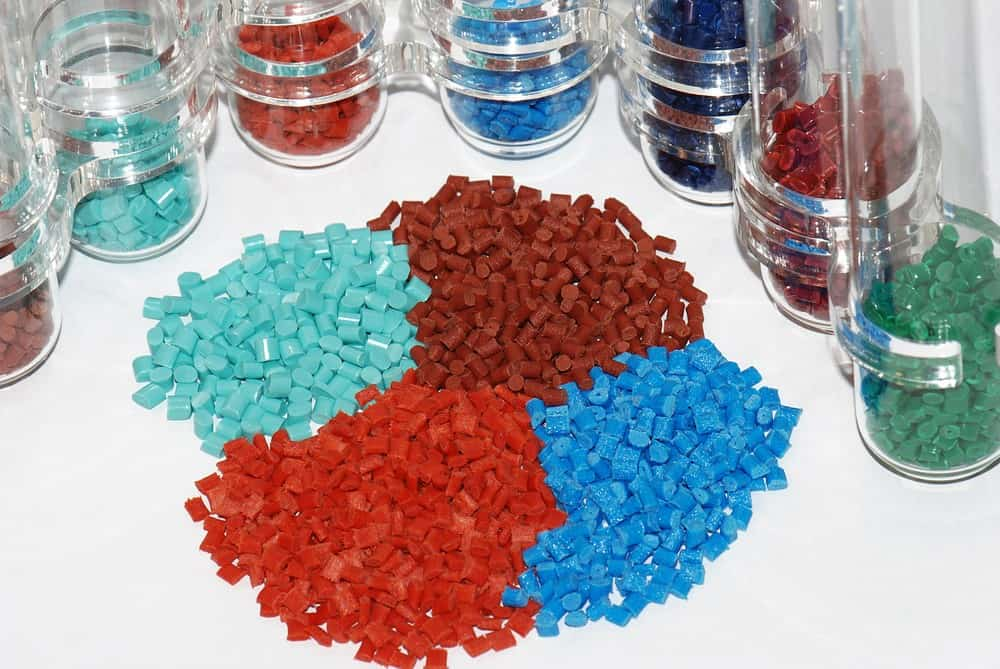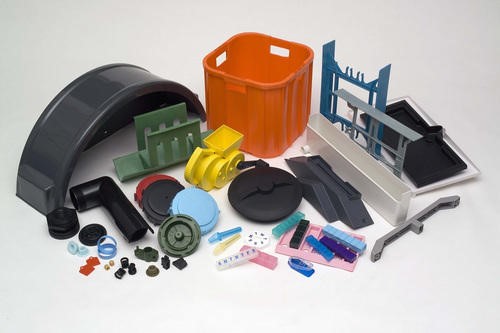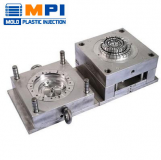LIke we can create a wire cut and strip machine for a wire, Also you can creating a mold for ABS plastic is an essential step in manufacturing various products, from toys to automotive parts. In this guide, we’ll explore the process of making a mold for ABS plastic in easy-to-follow steps. Whether you’re a hobbyist or a professional, understanding this process can empower you to produce custom plastic components with precision. From mold design to material selection and maintenance, we’ll cover all the crucial aspects to help you embark on your molding journey successfully. So, let’s start in and discover how to craft molds that bring your plastic creations to life!

What is ABS Plastic?
ABS plastic, or Acrylonitrile Butadiene Styrene, is a common and tough thermoplastic material. It’s made by blending three components: acrylonitrile, butadiene, and styrene. ABS plastic excels in impact resistance, making it durable for everyday use.
One key benefit is its moldability when heated, making it perfect for 3D printing and injection molding. It’s found in various products like toys, appliances, car parts, and electronics casings due to its chemical and heat resistance.
ABS plastic comes in many colors, allowing for creative designs. It’s cost-effective too. In a nutshell, ABS plastic is a versatile, strong, and budget-friendly material used widely in our daily lives.
Advantages of ABS plastic Molding
ABS plastic molding offers numerous advantages, making it a popular choice in various industries. Let’s explore these benefits:
High Impact Resistance: People know ABS plastic for its remarkable impact resistance, enabling it to endure shocks and drops without breaking easily. Manufacturers find it ideal for products prone to rough handling or accidental drops.
Versatility in Design: ABS plastic can be easily molded and shaped when heated. This flexibility in design allows for the creation of complex and intricate shapes, making it a top choice for manufacturing intricate components.
Chemical Resistance: ABS plastic is resistant to a wide range of chemicals, making it suitable for applications where exposure to various substances is common. This property is valuable in automotive, industrial, and medical settings.
Heat Resistance: ABS plastic retains its integrity at moderately high temperatures, making it suitable for applications demanding heat resistance, like automotive interiors and electrical enclosures.
Ease of Processing: You can process ABS plastic using various molding techniques such as injection molding and extrusion. This ease of processing reduces manufacturing time and costs.
Customization: ABS plastic is available in a wide range of colors and can be easily painted or finished, allowing for creative and aesthetically pleasing designs in consumer products.
Cost-Effective: ABS plastic is relatively inexpensive compared to some other engineering plastics, making it an economical choice for mass production.
Recyclability: ABS plastic is recyclable, contributing to sustainability efforts and reducing environmental impact.
Electrical Insulation: ABS plastic exhibits good electrical insulation properties, making it suitable for electrical and electronic applications.
Lightweight: ABS plastic is lightweight, which is advantageous in applications where weight reduction is essential, such as in the automotive and aerospace industries.

Make an ABS Plastic Molding Process
Creating ABS plastic moldings is a detailed process that requires precision and careful attention to ensure the final products meet quality standards. Let’s break down each step in more detail:
Step 1: Design the Mold
Start by designing the mold using computer-aided design (CAD) software. The mold represents the exact shape and specifications of the desired ABS plastic part.
You can make the mold from materials like aluminum or steel, selecting them based on factors like expected production volume and complexity.
Step 2: Material Selection
Choose the appropriate ABS plastic material, considering characteristics such as color, strength, heat resistance, and any specific requirements for your application.
Step 3: Preparation
Thoroughly clean and prepare the mold’s surface to ensure it’s free from any contaminants or debris that could affect the molding process.
Step 4: Heating the ABS
ABS plastic, a thermoplastic, signifies that it can melt and mold when heated. Load ABS pellets into an extruder, which will heat and melt them to the ideal temperature for molding.
Step 5: Injection Molding
Inject the molten ABS plastic into the prepared mold cavity with high pressure. The pressure ensures that the plastic flows into all parts of the mold, taking on its intended shape.
Step 6: Cooling
Allow the mold to cool while the ABS plastic inside solidifies. The cooling time varies depending on the size and thickness of the molded part.
Step 7: Ejection
Once the ABS plastic has cooled and solidified, eject the part from the mold. You can do this manually or automatically using ejector pins.
Step 8: Trimming and Finishing
After ejection, trim any excess material or imperfections from the molded part. You can use techniques like trimming, sanding, or machining to achieve the desired finish.
Step 9: Quality Control
Inspect the molded part for any defects or deviations from the specified tolerances and quality standards. This step ensures that the parts meet the required criteria.
Step 10: Repetition
If you need multiple copies of the same part, repeat the entire molding process using the same mold.
Step 11: Packaging and Distribution
Once the ABS plastic moldings pass quality control checks, package them for distribution or further assembly.
Step 12: Maintenance
Regularly maintain and clean the mold to ensure consistent and high-quality results over time. Mold maintenance is crucial for prolonging the life of the mold and maintaining product consistency.

FAQs
What is the typical lifespan of an ABS plastic mold?
The lifespan of an ABS plastic mold depends on factors like material, maintenance, and usage. Well-maintained molds can last for hundreds of thousands of cycles or more.
How often should I clean and maintain my ABS plastic mold?
Regular cleaning and maintenance are vital. Clean the mold after each production run, and perform thorough maintenance every 10,000 to 100,000 cycles, depending on usage.
Can I use the same mold for different ABS plastic parts?
Yes, but it’s essential to ensure that you design the molds for versatility and that the materials are compatible. Some molds are adaptable for multiple part designs.
What’s the best way to prevent defects in ABS plastic moldings?
Consistent process control, proper mold design, and regular maintenance are key to preventing defects like warping, sink marks, or air bubbles in ABS plastic parts.
Is it possible to repair a damaged ABS plastic mold?
Yes, skilled professionals can often repair damaged molds, depending on the extent of the damage. Prompt repairs help avoid production interruptions and reduce costs.

